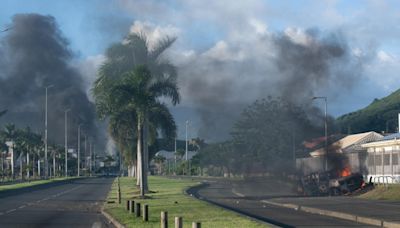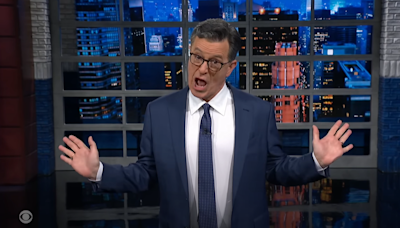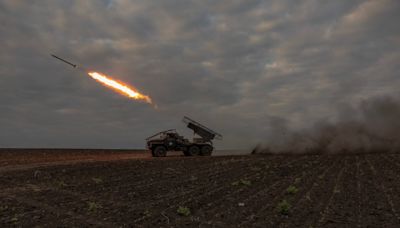Search results
The poem uses Christian imagery regarding the Apocalypse and Second Coming to describe allegorically the atmosphere of post-war Europe. It is considered a major work of modernist poetry and has been reprinted in several collections, including The Norton Anthology of Modern Poetry .
The Second Coming. W. B. Yeats. 1865 –. 1939. Turning and turning in the widening gyre. The falcon cannot hear the falconer; Things fall apart; the centre cannot hold; Mere anarchy is loosed upon the world, The blood-dimmed tide is loosed, and everywhere.
Apr 5, 2024 · The Second Coming, poem by William Butler Yeats, first printed in The Dial (November 1920) and published in his collection of verse entitled Michael Robartes and the Dancer (1921). Yeats believed that history is cyclical, and “The Second Coming”—a two-stanza poem in blank verse —with its imagery of swirling chaos and terror, prophesies ...
Summary & Analysis. In “The Second Coming,” William Butler Yeats reflects on the cataclysmic violence that had shattered many parts of the world in the tumultuous 1910s. Yeats wrote the poem in 1919, just one year after World War I ended, two years after the Russian Revolution, and three years after the failed Irish nationalist insurrection ...
Jan 11, 2016 · ‘The Second Coming’ is one of W. B. Yeats’s best-known poems, and its meaning has eluded many readers because of its oblique references and ambiguous images. What follows is a short summary and analysis of the poem. What does ‘the second coming’ refer to, and how does it fit with Yeats’s own beliefs? Turning and turning in the widening gyre.
Because of its stunning, violent imagery and terrifying ritualistic language, “The Second Coming” is one of Yeats’s most famous and most anthologized poems; it is also one of the most thematically obscure and difficult to understand. (It is safe to say that very few people who love this poem could paraphrase its meaning to satisfaction.)
William Butler Yeats. Track 12 on Michael Robartes and the Dancer. This poem was written in 1919, during the aftermath of the First World War, but it is a response to the disillusionment with...








